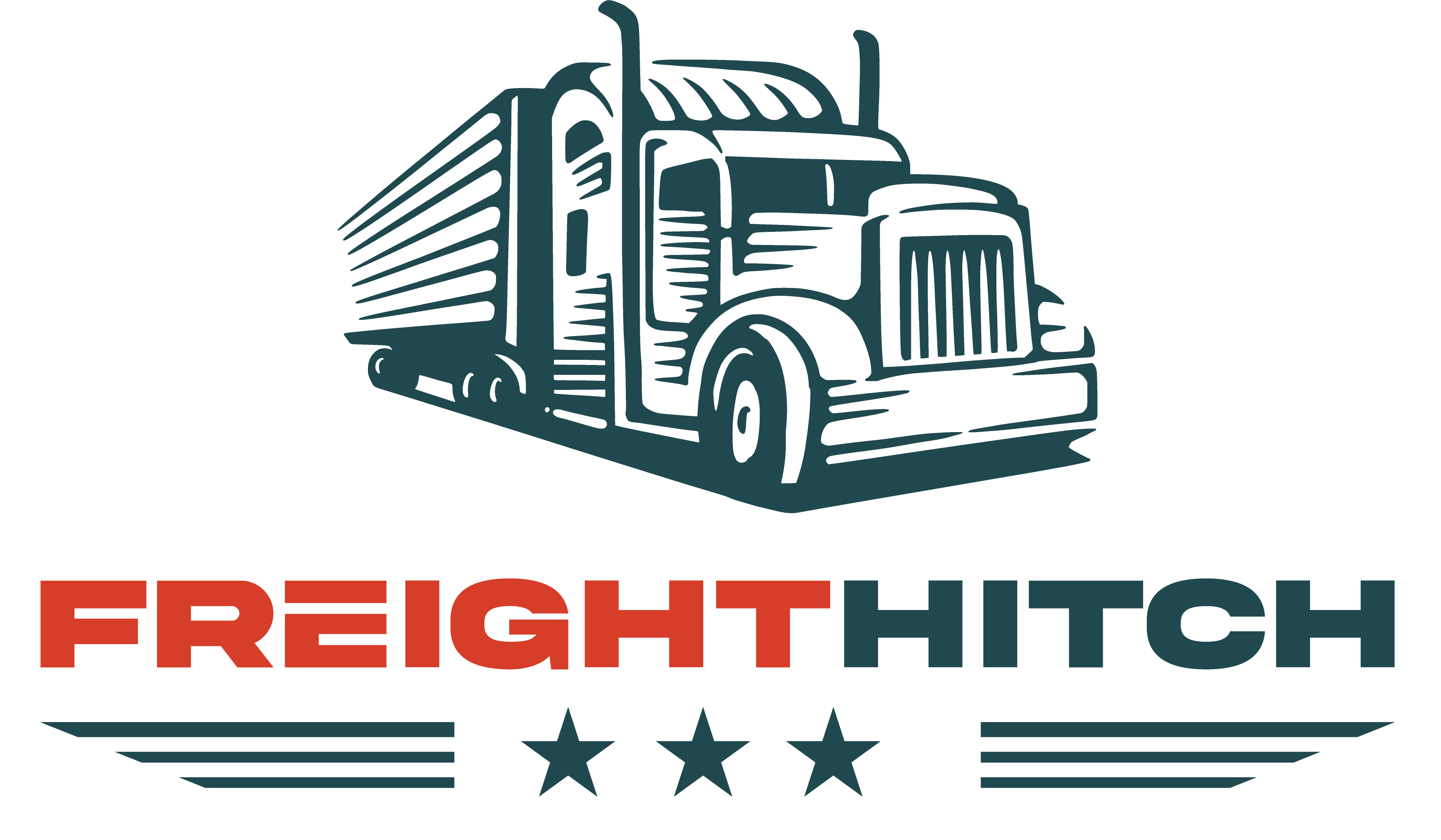Introduction
When it comes to logistics, the decision between Less-Than-Truckload (LTL) and Full Truckload (FTL) shipping isn’t merely a choice of pricing—it’s about selecting the method that aligns best with your business’s operational needs, shipping volume, and timing requirements. This blog is designed to offer a comprehensive comparison that goes beyond the basics, providing in-depth insights, specific examples, and actionable tips that will help you make the most informed decision for your business. Unlike other general overviews, we’ll break down each aspect of LTL and FTL shipping, offering clarity and strategic guidance.

Key Differences Between LTL and FTL
LTL Shipping: LTL shipping is designed for businesses that need to move smaller quantities of goods without requiring an entire truck. Multiple shipments from different businesses share the same truck, which means you only pay for the space you use. This approach is highly cost-effective for small to medium-sized shipments and offers flexibility for businesses with varying shipping needs.
Example: Consider a mid-sized e-commerce business that ships custom home decor. Your shipments typically include several pieces, but not enough to fill a full truck. With LTL, you share truck space with other businesses, dramatically reducing costs while maintaining flexibility in your delivery schedule. You can ship smaller quantities more frequently, allowing you to manage inventory better and reduce storage costs.
FTL Shipping: FTL shipping is best suited for businesses that have enough goods to fill an entire truck. It provides a direct route from the point of origin to the destination without stopping for additional pickups or deliveries. This reduces transit time and handling, making it ideal for time-sensitive or fragile shipments.
Example: Imagine you manage a large-scale manufacturing company that produces automotive parts. Your products are high-value and sensitive to damage, and they need to arrive at the assembly line just in time. FTL allows you to book the entire truck, ensuring that your shipment is transported directly and securely to its destination without unnecessary delays or risks.
Advantages of LTL Shipping
- Cost Efficiency for Smaller Loads:
- LTL is ideal for businesses that don’t have enough goods to fill a full truck. By sharing space with other shippers, you only pay for the portion of the truck you use, making it a budget-friendly option.
- Example: A small clothing boutique shipping seasonal collections to various retailers benefits from the lower cost of LTL, allowing them to allocate more budget to product development.
- Frequent Shipping Schedules:
- LTL carriers often have more frequent pickups and deliveries, allowing businesses to ship goods on a regular basis without needing to wait until they have enough to fill a truck.
- Example: A food supplier can send smaller, frequent shipments of fresh produce, keeping their inventory fresh and reducing waste.
- Environmental Impact:
- Sharing truck space means fewer trucks on the road, leading to lower carbon emissions and a smaller environmental footprint.
- Example: An eco-friendly packaging company might choose LTL to align with their sustainability goals, as it reduces their overall carbon footprint.
Disadvantages of LTL Shipping
- Potential for Damage:
- With multiple shipments in one truck, LTL shipments are handled more frequently as they are loaded and unloaded at various stops. This increases the risk of damage if goods are not properly packaged.
- Example: A fragile item like glassware is more susceptible to damage during LTL shipping unless it is packed with extra care.
- Longer Transit Times:
- Since LTL shipments are combined with others and make multiple stops, transit times can be longer compared to FTL.
- Example: A retailer waiting for new inventory might face delays if their LTL shipment is held up at various transfer points.
- Complex Tracking:
- LTL shipments often involve multiple carriers and terminals, making tracking more complex and sometimes less accurate.
- Example: A small electronics company might struggle to provide accurate delivery updates to customers due to the multiple handoffs involved in LTL shipping.
Freight Hitch minimizes common LTL shipping downsides by ensuring reliable and timely services through several key practices. They offer daily departures from their Sacramento terminal, which helps maintain strict schedules and reduces the risk of delayed shipments. Their dedicated teams manage every shipment with care, using advanced refrigeration technology to ensure that temperature-sensitive goods are transported in optimal conditions. Additionally, Freight Hitch provides responsive support and communicates any in-transit issues promptly, ensuring customers are kept informed

Advantages of FTL Shipping
- Speed and Direct Delivery:
- FTL shipments move directly from the pickup location to the delivery point without additional stops, resulting in faster delivery times.
- Example: A medical equipment company can ensure that time-sensitive devices reach hospitals quickly, minimizing downtime and ensuring patient care.
- Enhanced Security:
- With fewer handling points, FTL reduces the risk of damage or loss, making it ideal for high-value or fragile goods.
- Example: A luxury furniture brand might prefer FTL to ensure their high-end products arrive in perfect condition, maintaining their brand reputation.
- Simplified Logistics:
- FTL shipping involves one truck and typically one carrier, making logistics management simpler and tracking more straightforward.
- Example: A national distributor can easily coordinate deliveries across the country with consistent updates, simplifying their supply chain management.
Disadvantages of FTL Shipping
- Higher Costs for Smaller Loads:
- If your shipment doesn’t fill the entire truck, you still pay for the whole truck, making FTL a more expensive option for smaller loads.
- Example: A startup with limited products may find FTL too costly, stretching their logistics budget too thin.
- Less Flexibility in Scheduling:
- FTL shipments often require more planning and advance booking, with fewer options for last-minute changes.
- Example: A retailer experiencing sudden demand spikes might find it challenging to book FTL trucks on short notice, leading to potential stockouts.
- Environmental Impact:
- Using a full truck for smaller loads increases fuel consumption and emissions, contributing to a larger environmental footprint.
- Example: A company committed to sustainability might avoid FTL for partial loads to reduce their carbon impact, even if it means using LTL with longer delivery times.
Practical Tips for Choosing Between LTL and FTL
- Evaluate Shipment Characteristics:
- Assess the size, weight, and nature of your goods. Use FTL for larger, heavier, or more fragile items that require minimal handling and faster delivery.
- Tip: For mixed shipments, consider using FTL for your most sensitive or valuable goods, and LTL for the rest.
- Consider Your Long-Term Strategy:
- Think about your business growth and scalability. If you anticipate increased shipping volumes, FTL might become more cost-effective over time.
- Tip: Reevaluate your shipping methods annually to ensure they still align with your business’s size and goals.
- Balance Cost and Flexibility:
- Weigh the cost savings of LTL against the speed and security of FTL. For businesses with fluctuating shipping needs, a mix of both might offer the best balance.
- Tip: Use a logistics consultant to help analyze your specific needs and recommend a customized shipping strategy.
Common Mistakes to Avoid
- Overlooking Packaging Needs for LTL:
- Many businesses underestimate the importance of robust packaging for LTL shipments, leading to increased damage rates.
- Solution: Invest in quality packaging materials and consider using pallets or crates to protect goods during transit.
- Choosing FTL for Small Shipments:
- Opting for FTL when you don’t have enough goods to fill a truck leads to wasted space and higher costs.
- Solution: Accurately measure your shipments and consider consolidating them to make better use of FTL or switch to LTL for smaller loads.
- Ignoring Seasonal Demand:
- Businesses sometimes fail to plan for seasonal peaks, resulting in last-minute shipping arrangements that are costlier and less efficient.
- Solution: Plan your shipping needs in advance, particularly around high-demand periods, to secure the best rates and services.
Choosing between LTL and FTL shipping isn’t just about picking one over the other—it’s about strategically aligning your shipping methods with your business needs. By carefully evaluating your shipment size, time sensitivity, and handling requirements, you can make informed decisions that optimize your logistics, reduce costs, and improve customer satisfaction. If you want to know more about the differences between LTL and FTL, check out this detailed explanation on the American Trucking Associations website: American Trucking Associations – LTL vs FTL Shipping.
Ready to find the best LTL solution for your business? Explore our comprehensive LTL services today, and let us help you streamline your logistics operations to maximize efficiency and cost savings.




